What does IELTS reading test?
Many people think that IELTS reading is about displaying the ability to read and understand written English.
However, the way the test is written means it is designed to show much more than this.
In addition to the knowledge and amount of words you know, or to put it another, better way, new words you can comfortably deal with, IELTS reading tests your current language level and organisational operating skills in English.
This can be used as suitable predictor for university study and, in the case of the IELTS General Test, for workplace situations.
The format and material used are designed to be fair and reflect your current language level.
The materials are extensively pre-tested before being used and this is why you should only practice using official, published materials.
Quite often I see tests that claim to be suitable for IELTS, but they don’t reflect the real test.
Online materials and self-designed courses can be regarded as useful vocabulary building exercises, but too often they test unrealistic or simplistic items of language and text and so cannot be regarded as valid.
Why is IELTS Reading difficult?
Future demands
Studying at university is demanding and the reading and writing is extensive.
Working in a profession abroad in English is demanding and often there is a great deal of responsibility so the test needs to predict to a certain degree whether you are up to the job of studying or working in English speaking environments.
Your present language levels
If your current language level is not up to the level required for your studies or work, then the IELTS test will remain a challenge, I can’t be more honest than that.
Other factors which make the test difficult
Good language skills and abilities ae often not enough. Many test-takers struggle with the format and the timing. In fact, timing is one of the biggest issues I see.
You only have 60 mins to read three extensive reading passages, answer 40 questions and transfer the answers to a separate sheet.
Low language level users will always find this more challenging than near- native or native speakers.
What is the Reading test designed for?
The IELTS tests a number of sub-skills
Although IELTS is primarily a language level test, reading also considers the specific skills needed for study and the workplace.
These are related to locating general ideas and specific information, summarising and paraphrasing and comprehending facts and opinions as well as general organisational understanding of extended reading.
What are the main student problems?
The students who often have the most problems are the ones that
- don’t yet have a sufficient level of vocabulary, (they may get stuck understanding words or may misunderstand the meaning)
- don’t have sufficient knowledge of the reading test (they may get confused or misunderstand the text)
If you are weak in these two areas, then it is very difficult to apply a reading strategy for the different types of questions
Without these strategies, you can spend too long reading details or trying to locate sections for the correct information
‘So if a student does not have the experience, or a good level of vocabulary or understanding off how to approach different sections of the text , they will find the reading test challenging.’
General IELTS reading improvements
- Tip – It is important to work on building up your vocabulary. You can do this by general reading and reading more specific articles that may relate to topics in the IELTS exam but don’t include learning specific vocabulary that you get from practice tests.
- Tip – Practise the test – to understand how the different questions work but don’t rely on doing test after test after test. If you’re doing something wrong, then you will do it wrong again in the next test too.
- Tip – Don’t rely on online materials for practical IELTS experience, they are not valid or reliable and you will often be learning to do doing something that does not feature in the test or your academic studies. They are, however, useful for vocabulary building and text organisation.
- Tip – Once you understand some of the test features, practice strategies to improve your reading comprehension and reading speed. For example, take a passage (and this could be one of the free online practice tests) and try to understand the gist, the text location of key people, dates or facts, main figures and ideas as well as an overall understanding.
Good News
The IELTS test is not there to trick you, it is designed to test your ability to deal with the organisation of a complex text and your level of comprehension.
You don’t need to understand a text completely but the test will indicate how you can deal overall with paraphrasing, synonyms and referencing.
There are strategies you can follow like skim and scan reading for organisation and location and there are features of the test which are predictable.
That’s what we are going to summarise next.
IELTS Reading question types and formats
There are 14 different question types with their own individual format.
Many of them have similarities in the test strategies you can use to achieve the task, and some have similar functions in terms of what they are testing.
I recommend that you study the questions in the categories I’ve organised and then practice each type of question a number of times.
You can use the official IELTS resources, or if you have access to a library at school, you can use the Cambridge Guide to IELTS series which is a reliable and valid collection of materials.
Locate the questions in the index of the book and practice the same questions together.
Remember that there are three sections, each with a reading passage. In the test always make sure your handwriting is clear.
Errors or illegible writing are marked as wrong!
Questions which follow the order of the Reading Passage
The first set of questions to look at are questions that appear in the order of the reading passage.
Multiple Choice.
This type of question often tests your understanding of factual information in the topic rather than views or opinions.
As you can see in the example, there are five options to choose from and two answers to complete. This means that only two of the five are correct and three are wrong, incorrect or not a direct match according to the passage.
The task requires you to locate areas of the text and then examine the vocabulary carefully.
It’s helpful that the correct statements follow the order of the passage, but you will need to examine the wording carefully. It won’t be repeated in the text but the wording could be very similar.
A good way of approaching the task is to read each statement and begin skimming to locate information from the beginning. Once you have found what you think might be useful, mark it and continue reading for the next statement.
When you are reasonably certain you have identified the two statements, examine the text in more detail.
If you are not sure about a statement, try to find reasons or examples why that statement is NOT correct.
Never use your own experience or knowledge of a topic. Only examine the text with purpose of the test.
Rather than writing out the statement, you should only write the letter of the statement for 1 and 2.
If you are unable to find an answer, write something….never leave a blank space!
Sentence endings
These questions focus on understanding the views and opinions of the writer although facts and figures will be present.
You will need to correctly identify the views of the writer and also compare and contrast information which supports a view or an argument.
The question presents you with a reading passage and numbered sentence starts. These are followed by the sentence endings which are lettered.
At the end is space where you can write the letter which matches the number.
The numbers follow the order of the passage and may not contain some words from the passage. You can use these words to help identify sections which refer to the ideas in the passage.
It’s important to understand the views fully before making assumptions and matching the endings. Small words in the text may greatly change the overall meaning.
Don’t try and use grammatical knowledge to match the endings and don’t use your own experience either.
Don’t do this because
There are more options than questions and all of the sentences will grammatically fit together. Your own experience may be different to the views in the passage.
You are only focussing on matching the views and claims in the passage.
First quickly read the first half of the sentences (that’s 1, 2, 3, 4 and 5).
This will give you a very helpful idea of topic development and gist in the text
In this kind of question key words are important so underline these, as well as any names, dates or main ideas.
The questions follow the order of the passage so start reading and systematically note sections of the text which are important because of the keywords.
Don’t underline the keywords, it will make the passage messy and distracting to read.
Write a number in the margin to indicate which section you think this part of the passage refers to.
Once you have done this, go back to each section and compare the ideas with the sentence starts to confirm you are working in the right area.
Finally, move to the sentence endings and start matching these. At the same time, you can check the information agrees with the claims and views in the passage.
Although you are matching the sentence endings you should only write the letter in the answer box. Make sure it is clearly written!
Finally, remember that the sentences will appear in the text in the order of the questions so you could check your decisions again but only if you need to.
You can systematically work your way through the questions and the passage together.
Short answer
Examples of short answer questions focus on answering factual information using vocabulary taken from the reading passage.
The questions check your understanding of the subject matter and you need to write words or numbers and be specific in the amount of words you use.
Skim is an important skill in this question. You may find that similar information is repeated but you can work through the text following the questions in order.
It is important to only write the number of words specified, too many, or too few, is a wrong answer.
Most of the words you will be looking for will be nouns.
You will see that some of the words in the question may also appear in the passage.
It is important that you copy the words only as you see them in the passage paying attention to whether they are singular or plural or countable.
Don’t use your own words to complete the answer and don’t change the word form either!
Of course, spelling is important. Words that are difficult to read or spelt incorrectly are marked as wrong.
In this task, reading the questions first is important.
Remember you are mostly checking facts so as you read the questions, consider the type of information you need to find, for example, a date, a time, a place, a number, a name, a location.
- Read questions first and note the information you are looking for
- Read the passage and questions in order
- Locate the likely information and double check
- Write the answer exactly as you see it
- Check you have not written too many or too few words.
Sentence completion
In this task, the questions test your ability to locate and record factual subject specific information. These can be words or numbers.
The statements will not have the same words as in the passage, but the information will be the same.
The instructions tell you how many words you should write , for example, ‘Choose NO MORE THAN ONE WORD AND/OR A NUMBER’.
You should write the words as you see them. Don’t change the word form.
Read the questions first and note the type of information you are locating.
For example, grammatically the gaps below could be filled by one noun and one verb.
Chomsky’s’ findings are regarded as important in the field of ……. (linguistics)
The publisher was nearly ……. due to the poor response to the publication. (bankrupted)
Note how the words in the question could produce a number of synonyms in the passage.
For example, the ‘field of’ could produce an area of, study of or in the discipline of in the passage.
Gaps, however, could be as easily filled by compound nouns of more than one word.
‘Choose NO MORE THAN TWO WORDS AND/OR A NUMBER’.
Participants were reminded that …………. was at a certain time.
The results of Preston’s study indicated that the growth of plants accelerated at the time of a …………..
It would seem that just by increasing the number of ………….. did not correlate with the increased number of weekend passengers.
Check out full moon bus stop
Don’t write numbers as individual words, write them as the number, like this – 256.
The first step is to read the questions quickly.
When you move onto the passage you will probably notice there are a number of words that could grammatically fit each question statement, area of, study of.
There may be a number of distractors in the passage so it’s important that you check carefully the words you have chosen exactly report the passage.
Go through the passage as you go through the questions, remember the questions are in the order of the passage.
Don’t just write down the first word that grammatically fits, think carefully about the meaning and the number of words that fit.
If you do struggle with an answer, always write something in the space for answers and never leave a blank!
After all, your guess could be correct!
True, False Not Given
These questions ask you to effectively locate information in the reading passage and answer the statement after reading the details carefully.
Some people confuse True, False, Not given questions with Yes, No, Not given but the distinction is quite clear.
These questions are related to factual information. This means it will be mostly figures and facts.
True means that the statement agrees with the passage information
False mean that the statement is the opposite or contradicts the passage information
Not given is, as it says, there is no information related to the statement
You can locate the next information as you answer the next statement, they run in the same order!
You will need to skim read to locate the relevant areas of text.
When you locate the correct area of the passage, be aware that if the information is True, the wording will be paraphrased. Read that carefully!
This section means you need to scan the text for synonyms and paraphrases around these facts.
Sometimes the exact words are used in the statement and the passage.
You will need to compare the language and decide if the statement is the same (T), whether it is F ( the opposite) or if there is not enough information to form an opinion, meaning it will be NG.
Yes, No, Not Given
Similar to T, F not given, you need to effectively locate information in the reading passage and answer the statement after reading the details carefully.
However, these questions are related to views, opinions, and claims rather than factual information. You need to consider and compare arguments or how ideas are presented.
Yes The views of the writer agree with the statement.
No The views of the writer are different, opposite or contradict the statement.
Not given is, as it says, there is no clear information or not enough to be sure about the views or opinions of the writer.
You can locate the next information as you answer the next statement, they run in the same order!
You will need to skim read to find the locations of relevant ideas.
When you locate the correct area of the passage, be aware that if the opinions and views are yes, then the wording will probably be paraphrased and need careful reading.
This section means you need to scan the text for synonyms and paraphrases around authors views.
Sometimes the views use the same words as in the statement and sometimes they don’t!
Scan and consider the use of synonyms and paraphrasing.
Carefully compare the language and decide if the statement is the same (Y), whether it is N( the opposite) or if there is not enough information to form an opinion, meaning it will be NG.
Always remember it’s not enough just to locate the areas of information. You are not being tested on this skill, but on your overall comprehension!
Questions which do not follow the order of the Reading Passage
The second set of questions are questions that do not appear in the order of the reading passage.
This means you cannot systematically read the questions and the passage together.
Matching Headings
These questions may seem like a simple matching exercise, but are more complicated than that.
It’s important to understand what this kind of question is testing and some of the common issues students face if unprepared.
This is an example of a Matching Headings question.
In the first box of this question, you can see the headings you can choose from. These are numbered in Roman numerals (i -vi)
Below that , is the area where you match your heading choice with the section A, B, C etc.
These are numbered in order.
What may look like a simple task, hides many subskills which you need to utilize for a good score in this area.
To understand this, I have summarised the question type by describing these skills and provided useful tips to help you deal with this section.
The Task:
As you can see, the basic task is matching the most appropriate heading (signified by numerals) to the appropriate section in the reading passage, signified by a letter.
It should be clear that how you organise your answers is important and care needs to be taken when transferring the answers, as just one mistake could ruin this section.
As well as organisational skills, the section also tests your cognitive skills.
You have to deal with multiple information such as numerals, numbers, letters, select headings and evaluate extensive text under test conditions.
What skills are needed for matching headings?
The first practical skill is to be able to skim and then scan read.
Remember that the questions do not follow the order of the passage.
You need to locate similar information, compare and select the most suitable match.
Be prepared for synonyms and also referencing words that refer forwards and backwards in the text.
For each of the five sections of the extensive reading (A – D) gaining the overall gist of the section by skimming reading will help you identify the probable headings that match the section.
Once you have an educated idea of the likely matches, then scanning takes place for specific information so you can confirm the heading is correct or not.
If you need to brush up on what these skills are, I’ve prepared a skimming and scanning post with practical explanations of these important IELTS skills.
Reading the headings quickly before reading the passage always helps. This will help you recognise the key words and synonyms from the headings. once you think you have found the correct section you can scan the keywords in the text.
Be careful, just because you see a keyword does not mean that it is the topic of the paragraph. You still need to read carefully around the text to confirm.
You should be clear there are usually more headings than you need and some of these headings might look similar so again, look carefully for distractors
In the example question, headings i and heading vi are quite similar and viii is related too.
You will need to check the details carefully in the reading text to confirm your decisions.
There are likely to be many new words that you are not familiar with.
Don’t be distracted by these new words.
Use the context to try and understand the general meaning, but don’t over focus on the meaning too much.
Most of the surrounding information will help you move through the text.
Matching features
The task confuses students because there are two different types of question which look very similar to each other but come under the same question classification.
It can be tricky to understand at first but with practice you will create a good habit and you can focus on the task itself.
The question tests whether you can understand the main ideas, in addition to understanding more detailed information and arguments in the passage.
Although you may see differences in the tasks format, they are really testing the same reading skills and in the same way.
When you come to practice these questions, one way to spot the difference is that the first question features numbered statements.
Question type 1
In this question set there will be a number of statements. It is important to remember that these statements do not come in the order of the passage, although they are numbered, they are arranged randomly.
The statements will not use words and phrases from the passage, but of course they will refer to information and ideas in the text.
The answers, which go with the statements, are lettered, so you answer the question by placing the appropriate letter against the numbered statement.
So A) London B) Paris and C) Madrid, are matched to statements 1, 2 ,3 etc.
All the letters need to be used and letters can be used more than once
The second question type is recognisable by numbered sets of features.
Question type 2
In this question set, instead of statements, there will be a number of features.
It tests whether you can locate the main theories discussed in the text.
The answers appear as the statements are ordered in the text.
As an example, these could a be a list of names, companies or organisations connected to the text.
There will also be a box that contains the options to work with.
In this example, the task would be to match the name to the theory or contribution to science
For example, the feature could be an airline manufacturer and its contribution to aero science like this for example.
Boeing, Vickers, Bell, Airbus, match to 1, 2, 3 which is a contribution to airline development mentioned in the reading.
Remember, these features are ordered as they appear in the passage, they are not random.
As before, the answers, which go with the statements, are lettered. To answer, place the appropriate letter against the numbered statement.
All the letters need to be used but in this question the letters cannot be used more than once.
How to answer both types of question
In both questions you should read the statements and features first of all. This will give you some gist of what you are going to read about.
Then begin reading the passage but as you do so, note with an underline phrases where you see information directly related to a feature in the text or mark sections where you see information related to statements.
You are likely to mark more than one phrase or section, so the second stage is to begin looking more carefully to see if the ideas match more precisely. Remember the second type of question has two parts that need to match together.
Always write an answer and don’t leave a blank.
Matching information
In this task, individual paragraphs are numbered. It might look like the principle is to match statements ( 1 – 7 for example) with the main ideas of the paragraph. The statements are likely to deal with more detailed information and arguments than just the main idea.
Although the paragraphs (and the letters) are in order, the statements (and numbers) are not, they are randomly ordered.
As with other tasks, although the wording refers to ideas in the passage, the wording is not the same.
A good point about the statements is that they indicate the type of information you need to search for. Examples in past papers have been an example, a reference, the realisation, the idea, so it’s important to check these first and then note what kind of example or reference you are looking for.
You write the letters next to the numbered statement.
So, first of all, read the statements and note the kind of information you will be looking for, whether it is an example, an idea or prediction.
Read the text quickly and mark the passage where you feel the information you are looking for can be found. Note that there may be more than one example of the kind of information that you need to find; there may be more than one prediction or reference in the same paragraph.
Also be aware that lettered paragraphs may contain information on more than one statement so you may read the same section twice for a different reason or you may not read a paragraph at all.
If you have any statements left unanswered, write a letter anyway.
Don’t lose points for a no answer so don’t leave a section blank.
Summary completion
The main testing principle is dealing with two extensive sections of text on the same topic, locating factual information and checking details against both texts.
The longer text is the original material and the shorter one is a summary of the main points, much like summary notes you might write at university.
While the summary reports the main ideas from the longer text, the information may not be in the same order as the original so you cannot systematically read both texts together.
You will need to check the instructions as you may need to write more than one word, like this ‘Choose NO MORE THAN TWO WORDS AND/OR A NUMBER’
To complete this task read the summary first noting the main ideas and key words. This will help indicate the type of information that is missing, for example, numbers, a name or something specific.
You may see that part of the summary refers to the meaning of the passage rather than specifics within the passage.
Then begin reading the longer text, noting the main words, ideas and key words from that text.
Return to the summary, focus on each gap in the text, and return to read the main passage sections you think deals with this.
There will often be clues in the summary that indicate the type of information you are looking for.
For example, the phrase
‘as far back as’
indicates you are looking for a time period, more specifically a date, these phrases,
‘figures indicate a sharp decline in ………’ ‘this increased by around…….’
indicate you are looking for (1) a noun or noun phrase and (2) a number.
It may not be as easy as this in the reading and there may be, for example, many numbers so you do need to read around the main passage to check.
Hopefully as you read, you will begin to see the words you need to write.
Copy the word exactly as you don’t need to change them in any way. They will grammatically fit but remember the number of words you need to write and check your spelling is the same.
Don’t use the spelling you are used to, use the spelling from the text.
A word could be a number so write it exactly as you see it, like this, 257, as a number.
Finally, you will need to transfer the ‘words or numbers’ to the answer sheet so the spelling on the answer sheet needs to be checked again.
Question Set 3 Notes, Tables Diagrams and Flowcharts.
The final set of questions may or may not come in the order of the passage.
As the content and strategies to follow are broadly similar, they have been grouped together.
Any differences are highlighted in the following text.
All of these tasks ask you to locate specific information from reading passages and record it accurately. These tasks test your understanding of factual information on a specific subject topic. So the text will have many facts about the subject.
You will find information related to the passage in the form of a table, notes of a diagram etc, and using information from the passage you need to complete gaps in the text.
As with other tasks, you need to write words or numbers to complete these gaps.
We can regard all of these tasks as a note taking task:
Notes can take the form of:
A set of notes in a table
A set of notes under headings
A pictorial diagram or flowchart with associated labels for making notes
Always prepare yourself by looking at the notes before you begin to look at the passage.
For information in a table, read the information from left to right and not top down and you usually follow the order of the passage.
Labels on diagrams go in clockwise order around the diagram and a bonus is the question numbers follow the order of the passage.
A flowchart is as it describes, so you should follow it from start to finish.
When you look at the notes, think about the kind of information you will need to complete it and check the number of words.
The majority of the missing words are about facts so will likely be nouns or compound nouns, but not always.
When you move to the passage, you will find that a number of words could grammatically fit so you need to double-check the words you choose are the correct choices and report the intended meaning.
When you have decided on the correct words, write them in the gaps.
Don’t change them in any way, they are to be used as they are seen and make sure your writing is legible.
Spelling errors and words that can’t be read clearly are marked as wrong.
Remember that …
Dealing with a large text and 14 types of question format can be a real challenge.
A good way to make the task less daunting is to become an expert in understanding the kind of skills each task is designed to test.
A question that may appear to be a simple task will have a test principle behind it and so it may not be a simple as it appears.
Solution
If you understand the testing principle, it will help you complete the activity easier and the task easier.
You will also understand and avoid the problems that the majority of test-taker’s experience. 🙂
You can use tips and information on this website to help make it easier to obtain a higher score, but remember you still need to work at learning the language to be successful.
Please share to someone you know and in the meantime take a look at my Facebook Page and Website for IELTS answers and you can also join my Facebook Group here too.
Good Luck
Jonathan
The Best Approach to Task 2 Writing
Paragraphing in Task 2 Writing
Writing – Benefits of a Foreign University Education
I’m Jonathan
I’ve taught IELTS and University English in more than a dozen universities and schools around the world.
I’m a parent, traveller and passionate about language teaching and helping students achieve their dreams.
Whilst living in Austria or working in Asia, I run IELTS courses to help students get to where they want to be.
If you are serious about IELTS, connect with me to see how I can help you.

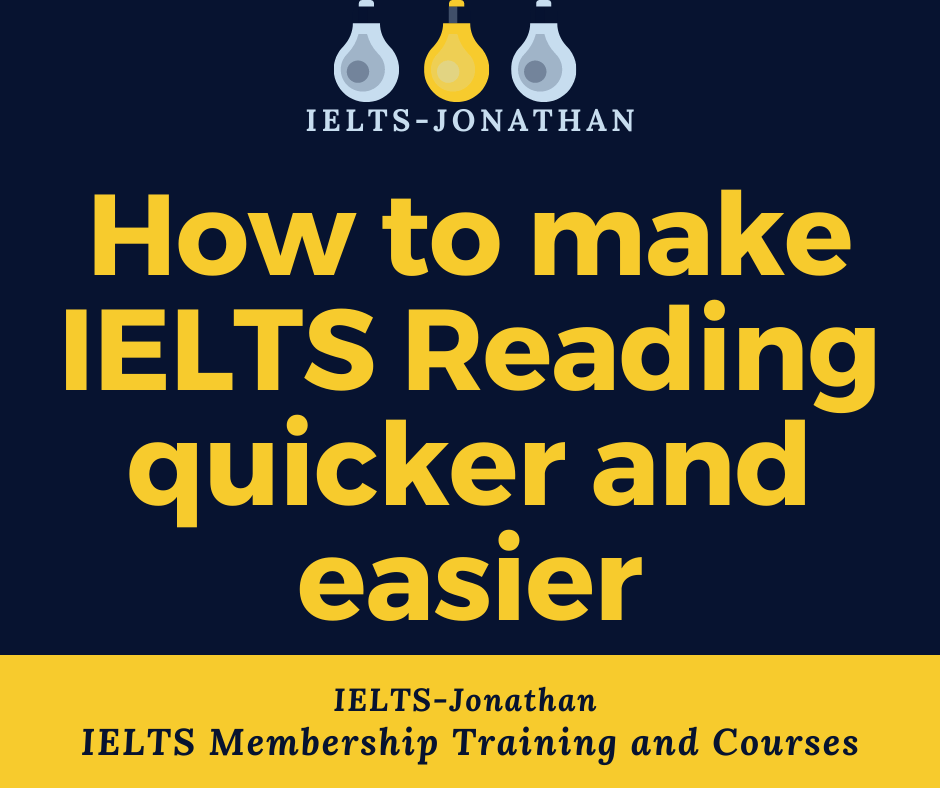
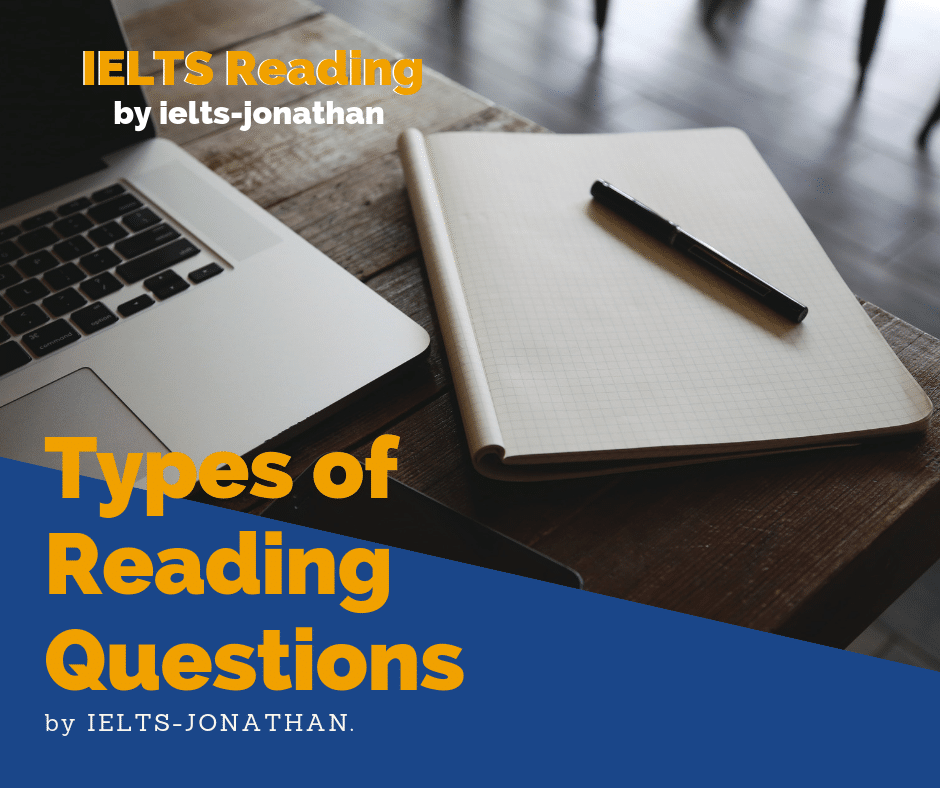

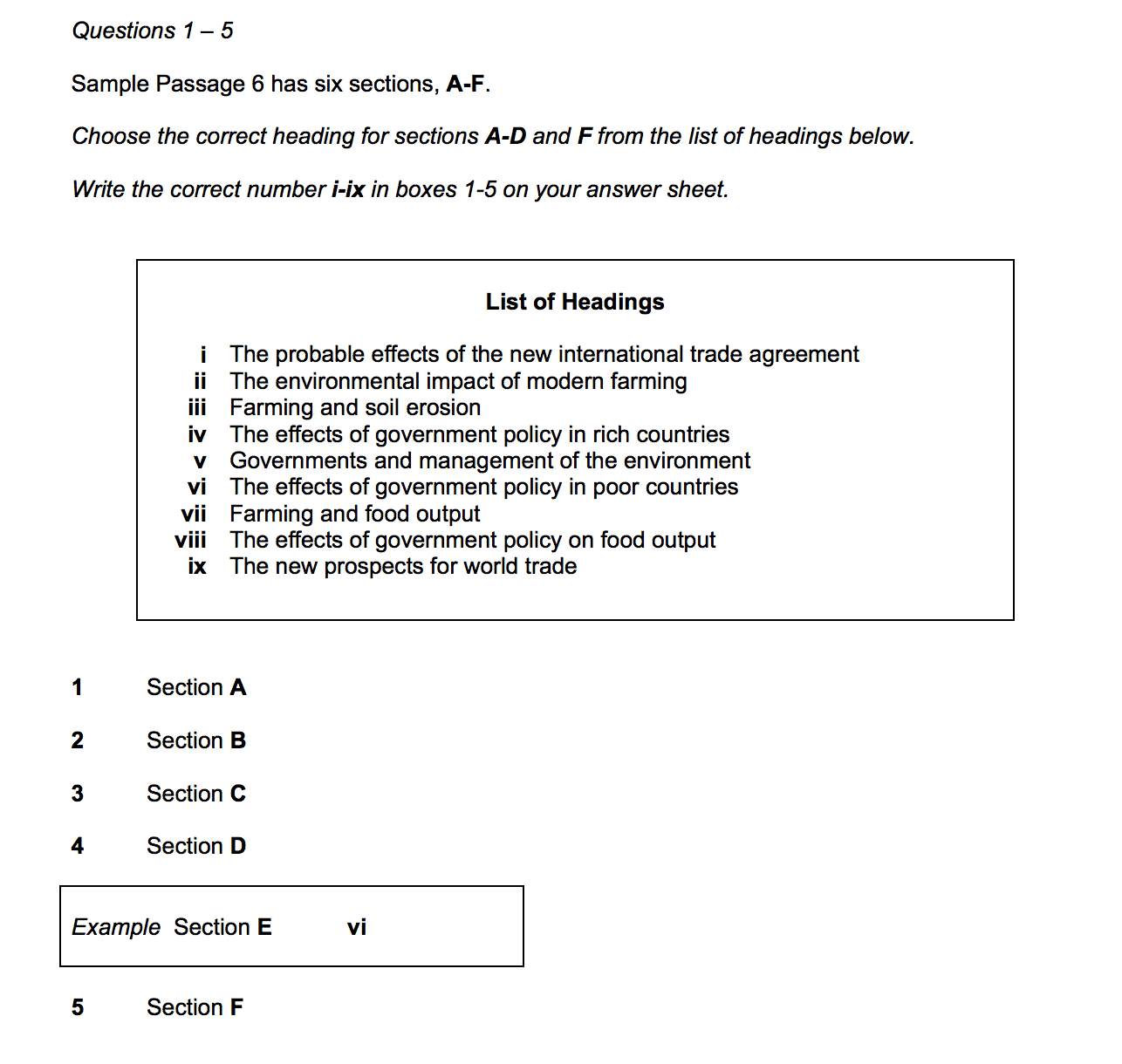
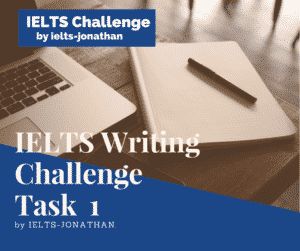

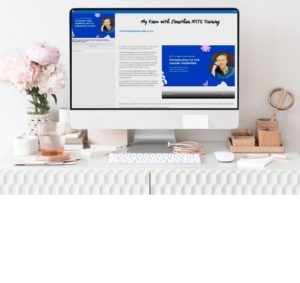
Was this helpful? Leave a comment :)